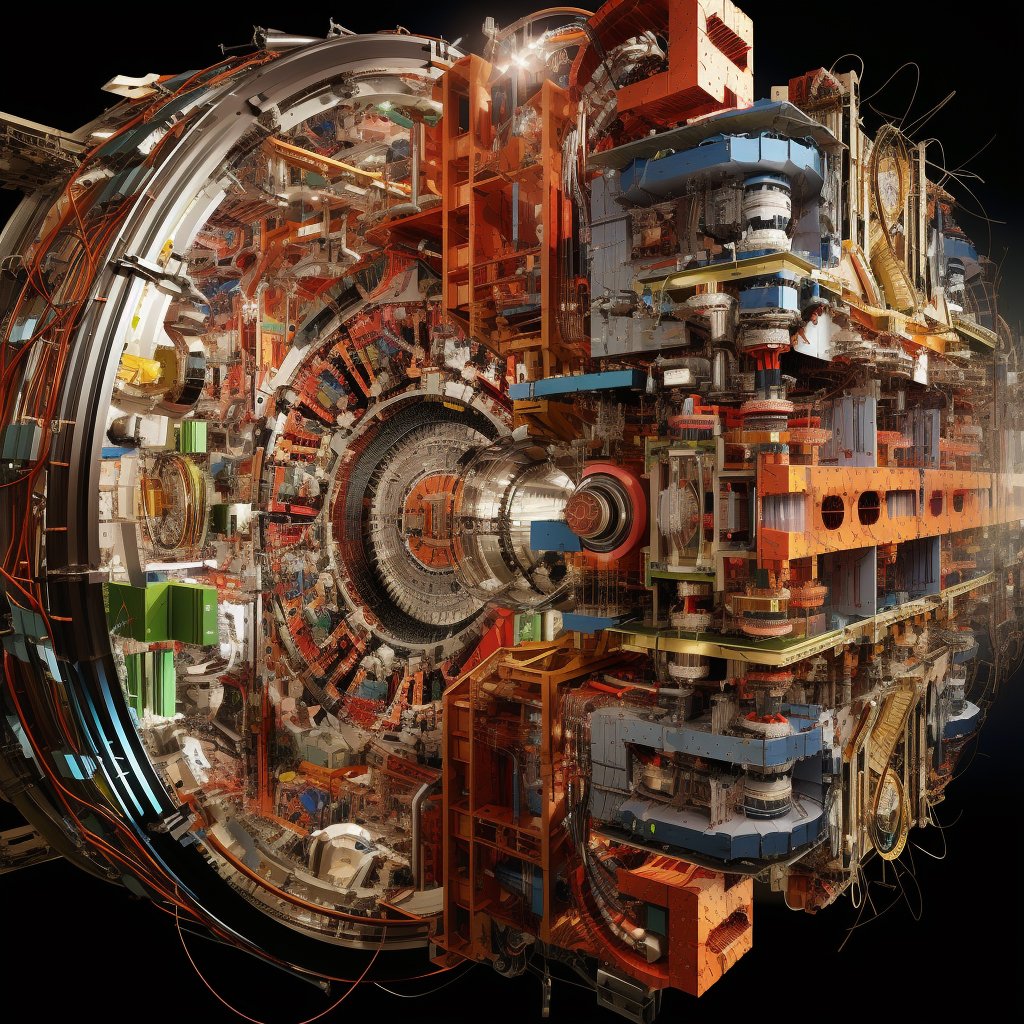Nestled at the heart of Europe, Switzerland is not just a land of scenic beauty and precision engineering; it’s also home to one of the most ambitious and complex scientific instruments ever created – the Large Hadron Collider (LHC). Operated by the European Organization for Nuclear Research (CERN), the LHC stands as a testament to human curiosity and our quest to understand the universe’s deepest secrets.

What is the Large Hadron Collider?
The LHC is the world’s largest and most powerful particle accelerator. It’s located underground near Geneva, straddling the border between Switzerland and France. This remarkable feat of engineering consists of a 27-kilometer ring of superconducting magnets, with a number of accelerating structures to boost the energy of the particles along the way.

The primary function of the LHC is to collide protons or heavy ions at close to the speed of light. These high-energy collisions create conditions that mimic the moments just after the Big Bang, allowing scientists to study fundamental particles and the forces that govern their interactions.

Breakthrough Discoveries
Since its inception, the LHC has been at the forefront of major scientific discoveries. Perhaps the most famous is the 2012 discovery of the Higgs boson, often referred to as the “God particle.” This elusive particle, predicted by the Standard Model of particle physics, provides other particles with mass. Its discovery was a monumental moment in physics, confirming theories first posed nearly a half-century earlier and earning the 2013 Nobel Prize in Physics for theorists Peter Higgs and François Englert.

The LHC’s explorations go far beyond the Higgs boson. It’s continually pushing the boundaries of our understanding of physics, searching for new particles, and probing the fundamental forces of nature. This includes investigating dark matter, antimatter, and possibly even hidden dimensions of space and time.

Technology and Innovation
The LHC is not just a scientific endeavor; it’s also a hub of technological innovation. The collider’s construction and operation have spurred advancements in numerous fields, including computing, engineering, and material science. The LHC’s data processing needs, for example, led to the development of the World Wide Web by Sir Tim Berners-Lee at CERN, revolutionizing how we access and share information globally.

Moreover, technologies developed for the LHC have found applications in medical imaging, electronics, and even aerospace, demonstrating how fundamental research can drive innovation in unexpected ways.

A Global Collaboration
The LHC represents one of the largest and most successful international scientific collaborations. Thousands of scientists, engineers, and technicians from over 100 countries come together to work on the LHC, transcending borders and political differences in the pursuit of knowledge.

This collaborative effort not only advances scientific understanding but also fosters international cooperation and dialogue. It’s a shining example of how shared scientific goals can unite people from diverse backgrounds and cultures.

In Conclusion
The Large Hadron Collider is more than just a scientific experiment; it’s a symbol of human curiosity and our relentless pursuit to understand the universe. As it continues to unravel the mysteries of the cosmos, it also brings forth technological advancements and international cooperation. The LHC, nestled in the Swiss landscape, is not just a point of national pride but a beacon of human achievement and a reminder of the endless possibilities that arise from our quest for knowledge.